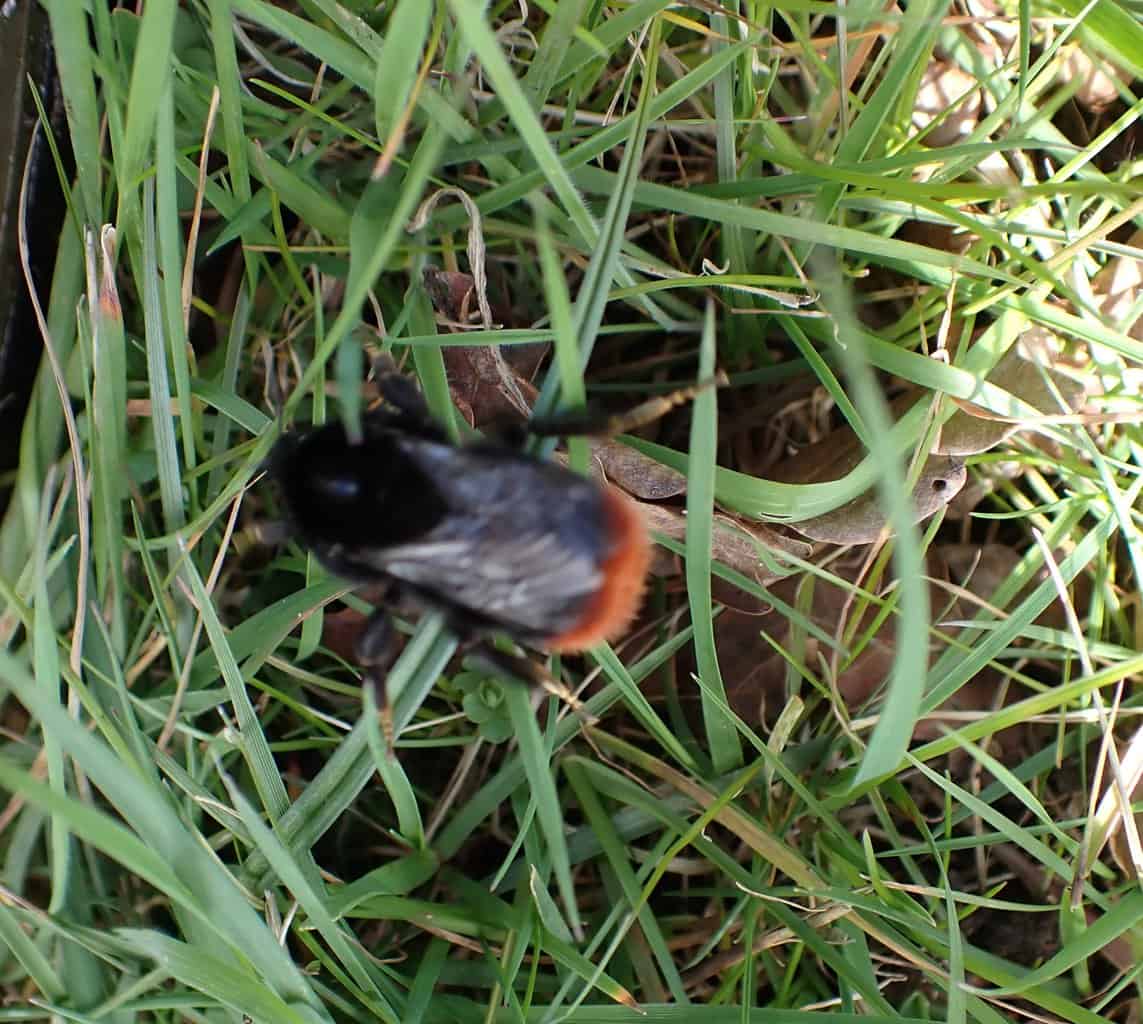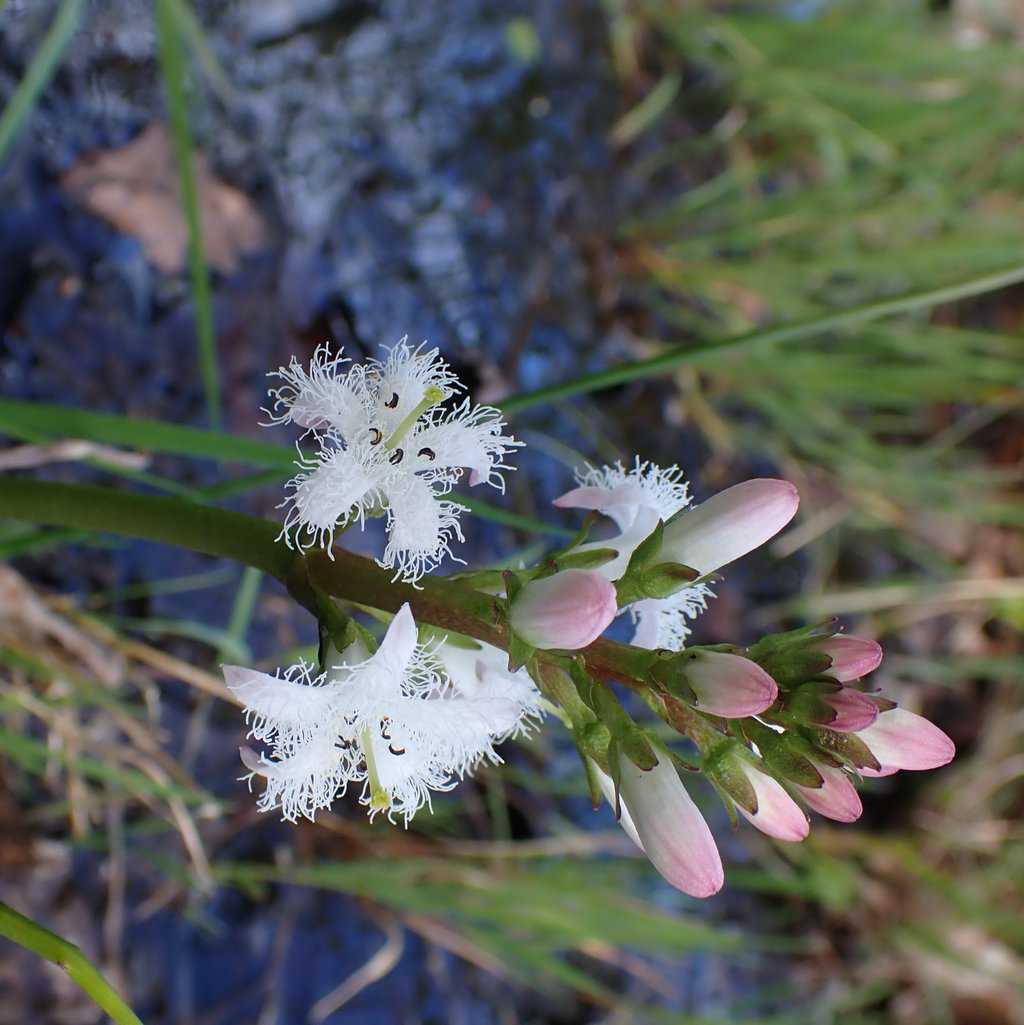Nature Notes April 2024
Nature Notes April 2024
 Whitwell Common is a wildlife gem on our doorstep: there is always something of interest to see at any time of year. On a warm spring day, a Great Tit was singing from the Blackthorns by the entrance gate as we arrived. Rounding the corner, we were met by a ribbon of gold where Marsh Marigolds, or King Cups as we called them as children, were flowering in a wet runnel crossing the path. Out in the very wet meadow, the first pale mauve blooms of Lady’s Smock stood out against the greens and browns of rushes and horsetails. On higher ground a queen Red-tailed Bumblebee was crawling amongst the grass. She looked a little dozy, so perhaps had only just emerged from her underground hibernation site. Later we saw another on the wing, bumbling low over the vegetation. We followed the waymarked route with its interesting information boards telling of what might be seen at different times of year. Out in the middle of the damp meadow, a solitary Crab Apple tree was beginning to open its pink buds to reveal the delicate white flowers. These will be a magnet for bees and other insects in need of nectar and pollen to sustain themselves and their young broods. As we approached the Alder Carr, we watched two male Brimstone butterflies tussle with each other and then a passing Peacock, before going their separate ways. In the woodland, the first buds of Wild Garlic were breaking open to reveal the white star-like flowers; the air pungent with the smell of their leaves when we inadvertently crushed them. Both Blackcap and Chiffchaff were proclaiming their territories in the tangled woodland and we could hear the piercing spring call of a Nuthatch from the oaks along the roadside. A queen Common Carder Bee, a gingery brown bumblebee, was busy foraging amongst the plentiful blue-flowered Ground Ivy. Through the stile and out onto the open area again, we were surprised to see Bogbean flowering in a pool beside the path.
Whitwell Common is a wildlife gem on our doorstep: there is always something of interest to see at any time of year. On a warm spring day, a Great Tit was singing from the Blackthorns by the entrance gate as we arrived. Rounding the corner, we were met by a ribbon of gold where Marsh Marigolds, or King Cups as we called them as children, were flowering in a wet runnel crossing the path. Out in the very wet meadow, the first pale mauve blooms of Lady’s Smock stood out against the greens and browns of rushes and horsetails. On higher ground a queen Red-tailed Bumblebee was crawling amongst the grass. She looked a little dozy, so perhaps had only just emerged from her underground hibernation site. Later we saw another on the wing, bumbling low over the vegetation. We followed the waymarked route with its interesting information boards telling of what might be seen at different times of year. Out in the middle of the damp meadow, a solitary Crab Apple tree was beginning to open its pink buds to reveal the delicate white flowers. These will be a magnet for bees and other insects in need of nectar and pollen to sustain themselves and their young broods. As we approached the Alder Carr, we watched two male Brimstone butterflies tussle with each other and then a passing Peacock, before going their separate ways. In the woodland, the first buds of Wild Garlic were breaking open to reveal the white star-like flowers; the air pungent with the smell of their leaves when we inadvertently crushed them. Both Blackcap and Chiffchaff were proclaiming their territories in the tangled woodland and we could hear the piercing spring call of a Nuthatch from the oaks along the roadside. A queen Common Carder Bee, a gingery brown bumblebee, was busy foraging amongst the plentiful blue-flowered Ground Ivy. Through the stile and out onto the open area again, we were surprised to see Bogbean flowering in a pool beside the path.  It is named for its broad-bean shaped leaves but that hardly does justice to the intricacy of the flowers. Borne on stems up to a foot high, the flowers are white stars, flushed pink on the outside of the petals, which are fringed inside with long white hairs. It is a very striking plant.
It is named for its broad-bean shaped leaves but that hardly does justice to the intricacy of the flowers. Borne on stems up to a foot high, the flowers are white stars, flushed pink on the outside of the petals, which are fringed inside with long white hairs. It is a very striking plant.
Do let me know if you see any interesting wildlife (rachel.42rr@btinternet.com)
